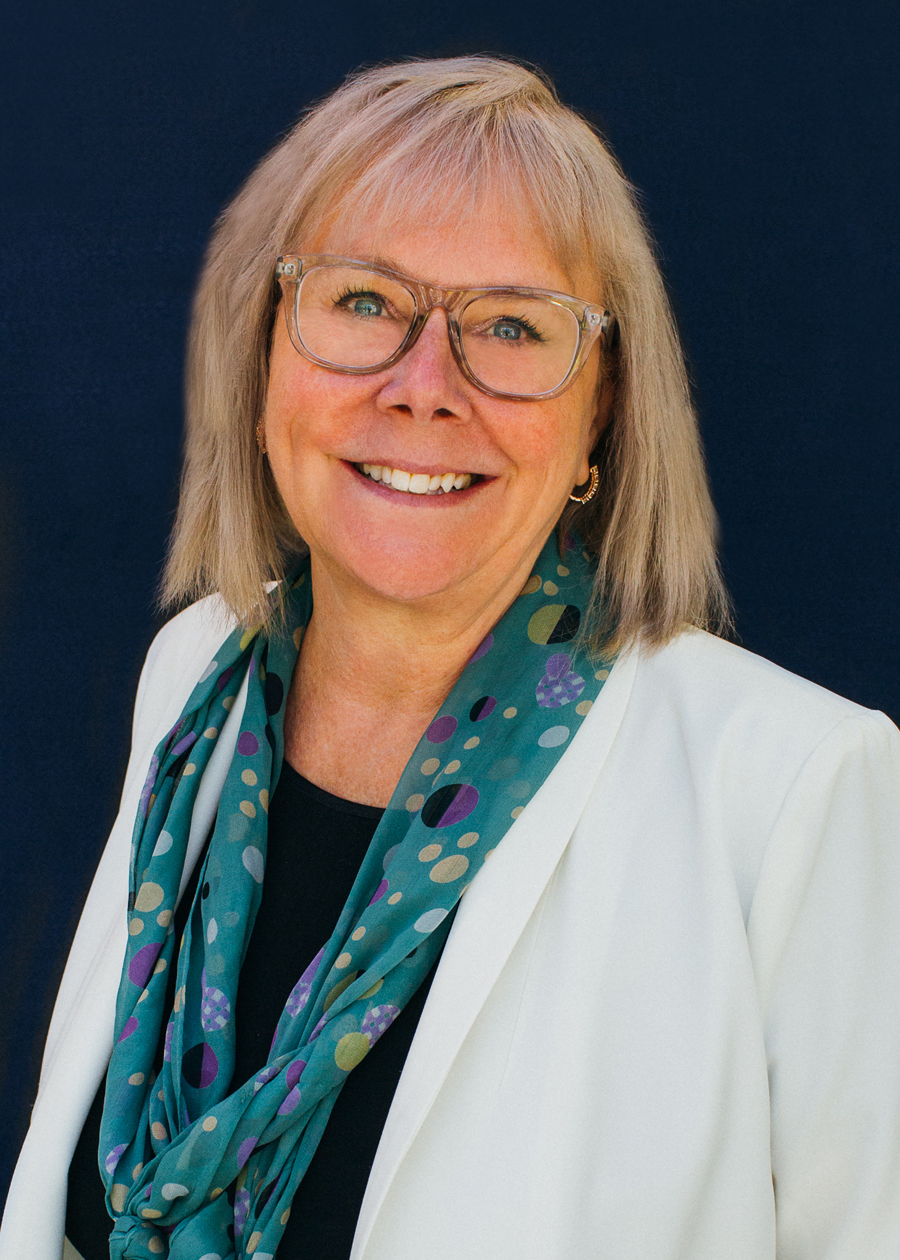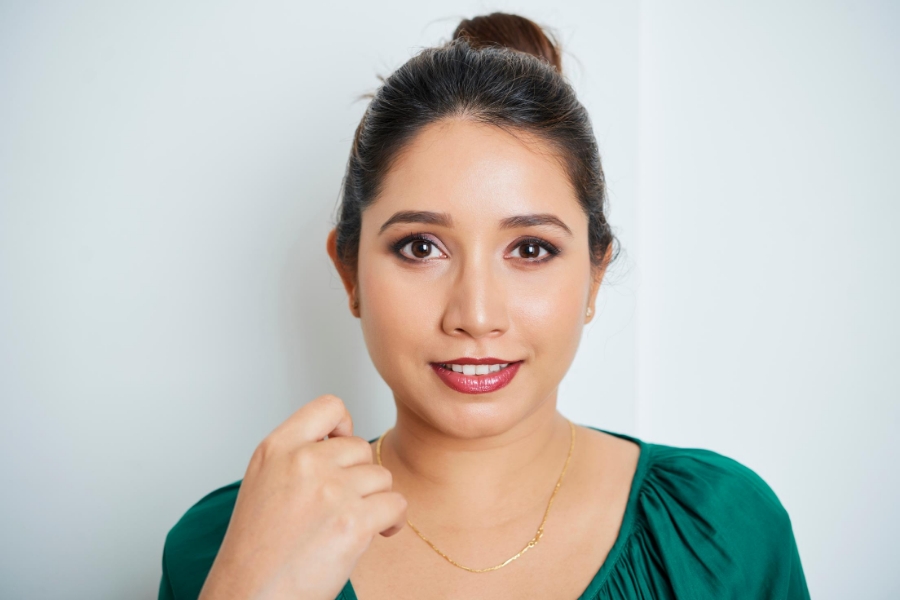A strong client base can be built by treating East Indian skin through understanding how it functions and the areas of care in each treatment plan. For instance, East Indian skin can have many similarities to Caucasian skin concerning oil gland production and hair follicle distribution, but it also has the second highest melanosome production after black skin of African descent. Clients with East Indian skin will have the same issues that other ethnic clients struggle with, such as post-inflammatory hyperpigmentation after an injury to the skin. Since East Indian skin also struggles with acne, the resulting acne papules, pustules, and acneic cysts can exacerbate and prolong post-inflammatory hyperpigmentation as they heal. About 20% to 30% of East Indian women between the ages of 45 and 60 have melasma, a common condition among women with skin of color. Melasma is not well understood, but hormonal, genetic, and environmental factors are believed to play a role.
CONDITIONS & AWARENESS
There are two unique conditions that can occur in East Indian skin that skin care professionals should be knowledgeable about. The first condition is paradoxical hair growth. It’s paradoxical, or contradictory, because treatments for hair removal may stimulate the rare side effect of downy hair growth. It most often occurs when a 755 nanometer Alexandrite laser is used for hair removal on the sides of the face, edges of the forehead, and back of the neck. Hair is initially removed but returns in a denser growth pattern.
The second unique condition is periorbital hyperpigmentation. Periorbital means “around the eyes.” The hyperpigmentation occurs when tiny vessels in the fragile vascular system supporting the eye leave iron deposits as red blood cells deteriorate. The extent of hyperpigmentation is ranked on a scale of grades I to IV. Grade I is faint pigmentation of the infraorbital area and progresses to grade IV where the pigmentation extends beyond the infra-orbital fold into the upper and lower eyelids. Periorbital hyperpigmentation affects women more often than men. Although not well understood, there is thought to be a genetic and hormonal role in its development.
East Indian culture has been influenced by shadeism tracing back to 100 B.C. The social caste system endorsed the message that light skinned people had higher intelligence, worth, and privilege, and British colonialism reinforced this message. East Indian beauty culture continues to value lighter skin, and the beauty industry spends big dollars marketing skin-lightening products to the consumer. There is even an app that will lighten skin tones in photos for posting on social media.
UNDERSTANDING THE CULTURE
Indian food uses many anti-inflammatory rich spices including turmeric, cumin, and peppers. Skin care professionals need to ask about their client’s diet in order to evaluate the intake of processed food sources that can cause skin conditions, such as dairy and gluten.
Ayurvedic skin care is popular within East Indian culture. Ayurvedic medicine originated more than 3,000 years ago in India. Skin care rituals incorporating herbal infusions are used in a holistic approach to health. Clients may be familiar with the Ayurvedic doshas and basic elements.
When a client requests treatment for their periocular hyperpigmentation, be sure to ask about the home use of skin lighteners. This conversation avoids a negative reaction by recommending an additional melanocyte inhibitor that could increase skin irritation. Additionally, the use of a hydroquinone-based product may provide nominal relief but is not intended for delicate eye tissue. Combination therapies alternating a series of light chemical peels with microneedling have some proven effects.
A progressive approach needs to be taken when developing a skin care treatment plan by strengthening their skin with a series of increasingly aggressive treatments. Keeping the number of passes low with the first microdermabrasion session and then increasing the passes and grit aggressiveness during subsequent sessions is one suggestion for a treatment plan.
Use chemical peels with caution. Transient hyperpigmentation is a possible negative aftereffect. Start with an enzyme peel and then progress to stronger peel ingredients. East Indian skin responds well to a progressive series of salicylic acid peels. The client may never have visible sheets of peeling skin but should experience microshedding exfoliation. Visible sheet shedding is not ideal in any case.
If the East Indian client is not a candidate for laser hair removal because of the concerns about paradoxical hair growth, dermaplaning is a great option. If the client opts for laser hair removal, the 1064 nd:YAG laser is the safest option for darker Fitzpatrick skin types.
Small, aesthetic, handheld tools such as microcurrent for tightening and ultrasonic for cleansing and infusion can be integrated into a skin care treatment with good results for the client’s skin health.
Practitioners should finish treatments with a hydrating mask and calming ingredients. Ensure clients have hydrating aftercare. It will keep the barrier function intact, reducing the risk of too much transepidermal water loss.
TREATMENT
When treating pigmentation disorders, home skin care should include a gentle cleanser and pH-balancing toner. Start the client on a non-hydroquinone-based melanin inhibitor to reduce irritation. Depending on the level of hyperpigmentation, you can titrate the client to a 2% hydroquinone product and then reduce the percentage as the pigmentation fades. The client may need to adjust melanin-inhibiting products as pigmentation becomes more visible with the greater sun exposure in the summer, as well as hormonal changes due to aging. Stress the use of SPF to reduce any additional pigmentation due to ultraviolet damage.
Home skin care recommendations for acne should use a similar progressive approach. Keep in mind that common ingredients that work well for acne such as benzoyl peroxide, salicylic acid, and retinoic acids can also be quite drying. Start by using small percentages of the active ingredients and condition the client’s skin to higher percentages over a period of months.
Properly treating East Indian skin requires being knowledgeable about unique disorders (periocular hyperpigmentation – paradoxical hair growth), common risk factors (post-inflammatory hyperpigmentation and transepidermal water loss), and relevant cultural practices. That combined with gentle, progressive treatment plans and appropriate home skin care recommendations will build loyalty with clients and ensure your success as a skin care professional.

A technician, educator, mentor, and business owner, Mary Nielsen has been at the forefront in medical aesthetics since its infancy in the early 1990s. She is currently vice chair and industry expert on the Oregon Board of Certified Advanced Estheticians. She is the author of “Fearless Beauties,” along with other aesthetic texts. She is the executive director of an aesthetic school, the founder of Fearless Beauties, and the creator of Cascade Aesthetic Alliance and Skintelligent Resources.
